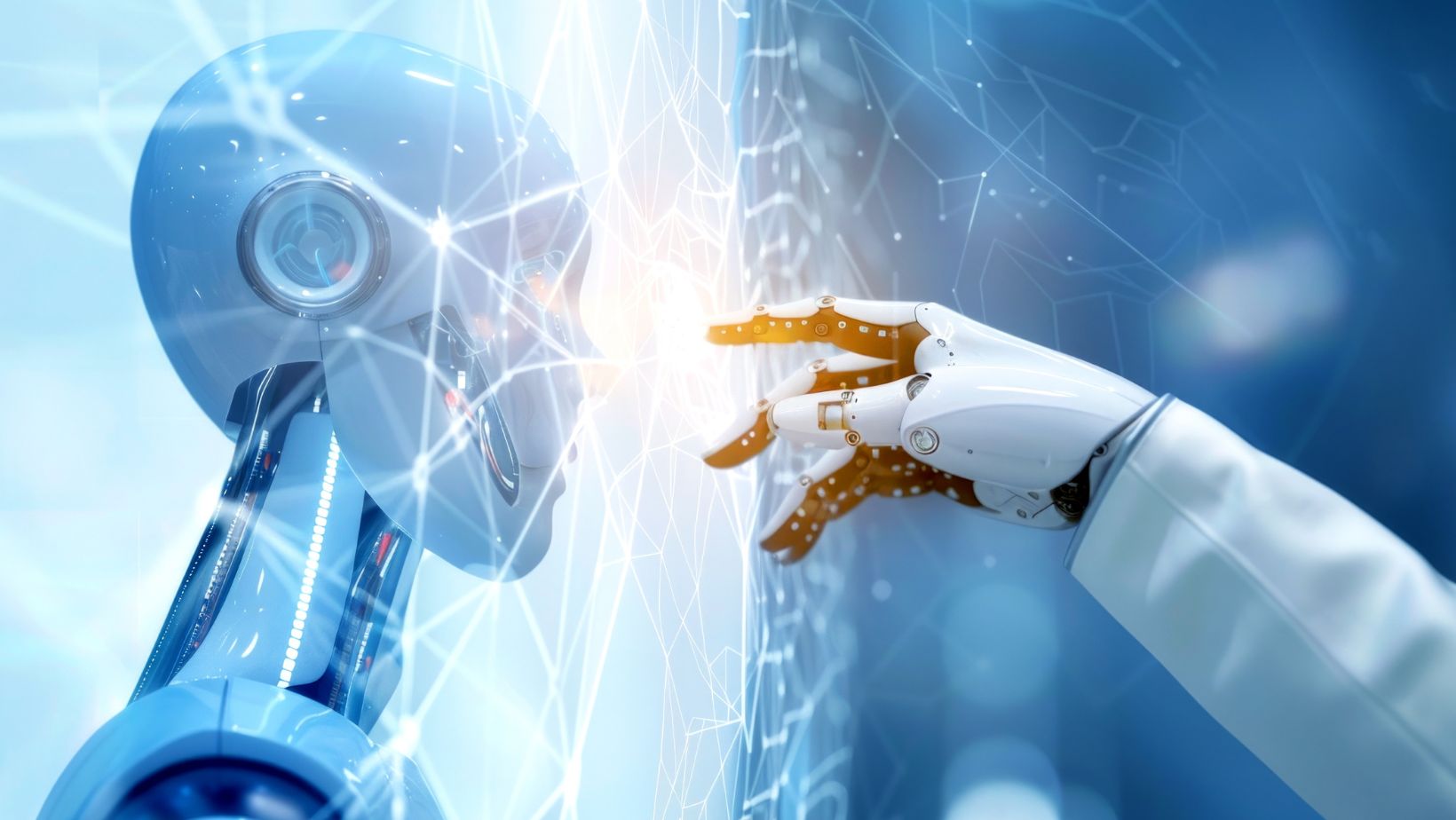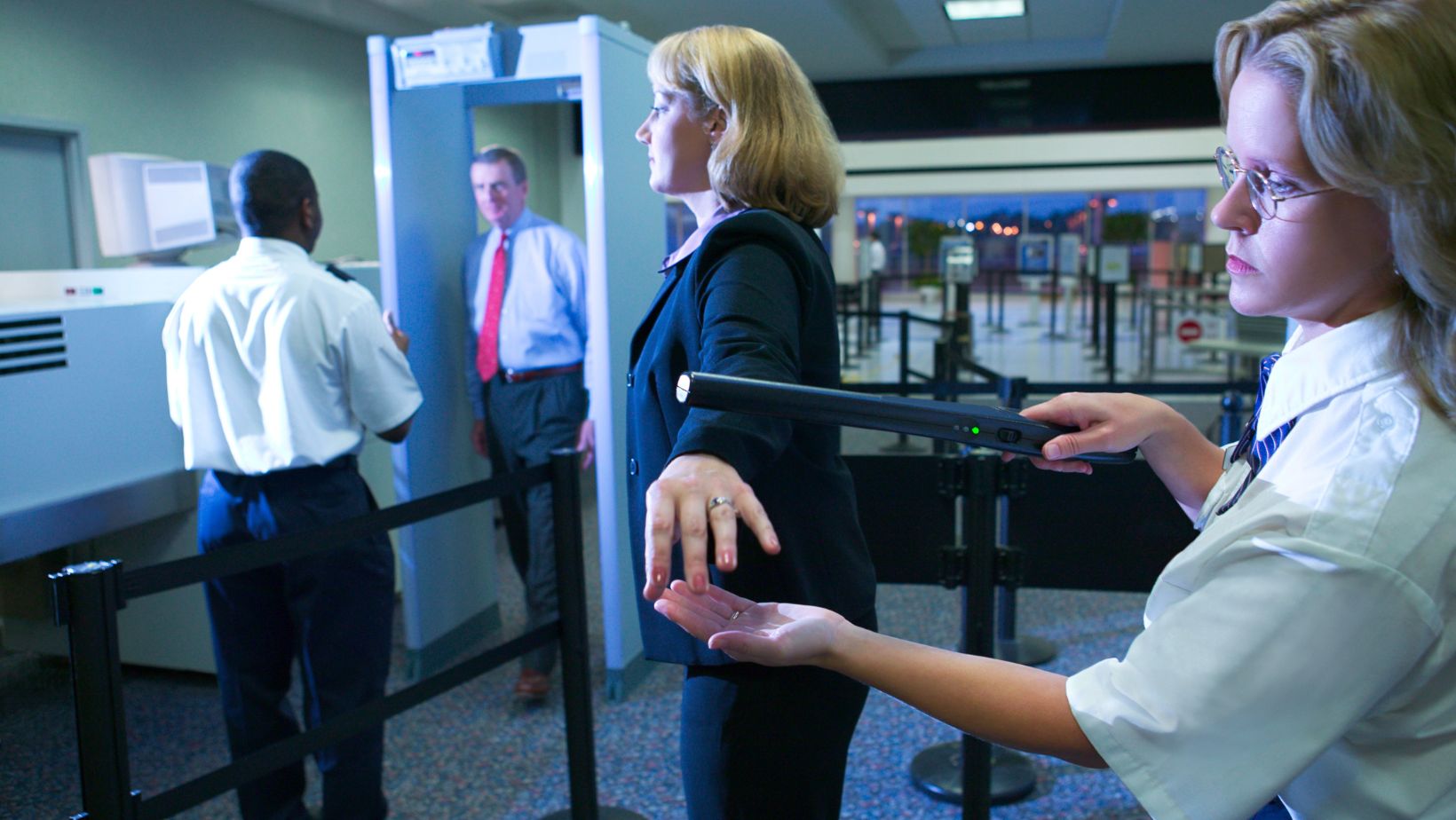
We currently live in a world that is being dominated by artificial intelligence. Therefore, it becomes hard to know what’s real and what’s fake. However, with the AI detector tool, you can quickly check for content that is AI generated.
An AI detector is useful to people creating content, such as writers and students, and people supervising content, such as editors and professors.
In this article, we are going to look at why an AI detector is an important tool you should make use of.
The Rise of AI Detectors in the Digital Age
As AI tools become common, so does AI-written content. Unfortunately, the use of AI to write content is still not accepted in learning institutions or when writing content that is intended to have a human touch and emotions.
AI detector tools are now being used by schools, companies, and media houses to check if content was written by a human or machine. It’s a digital truth tool for the modern age.
If you are searching for a reliable way to spot AI-written content and rewrite it to sound human, why not try this out and see the results for yourself?
How an AI Detector Works: Algorithms Behind the Curtain
You may wonder how an AI detector knows what’s AI written or human written. It scans sentence patterns, word choices, and writing flow. By comparing these to set algorithms, the AI detector makes a conclusion.
It uses smart algorithms that learn from thousands of examples. These algorithms keep updating to ensure that future detection is just perfect.
Comparing AI Detectors to Traditional Lie Detectors
Just like a lie detector tests your heart rate and voice, the AI detector tests your writing. It doesn’t measure stress, but it checks how “natural” your content is.

While a lie detector checks emotions, the AI detector checks data. Both try to reveal the truth, just in different ways.
If you are in the content world, then you need an AI detector by your side. You can self-check your work before submitting it to your supervisor, who will do the check to verify.
Applications in Academia, Journalism, and Beyond
You’ll find the AI detector in schools checking for cheating, in newsrooms checking for inauthentic stories, and even in HR offices evaluating resumes. It’s a useful tool for spotting AI use in many places.
As writing tools get smarter, the AI detector keeps people honest across industries. As mentioned, it is better to have one so that you can check your work and even humanize it before submitting it.
Ethical Concerns and the Risk of False Positives
Using an AI detector isn’t always perfect. Sometimes, it might say your authentic work is AI generated. That’s called a false positive. It’s important to use this tool carefully and with human judgment.

You must not rely only on the AI detector to decide what is true. Fortunately, there are many tools that you can select from today to assist you. Choose well.
The Human Factor: Can AI Truly Read Intent?
One big question is whether an AI detector can know your intent. Can it tell if you meant to cheat or just wrote in a style that sounds robotic? Not really.
The AI detector checks patterns, not motives. That’s why human evaluations is still so important in the process.
The Future of Truth Verification in a Machine-Led World
As AI keeps growing, you’ll see the AI detector improve too. It may soon be part of everyday tools — like email or writing apps — to flag unnatural text.
While AI helps us work faster, the AI detector helps keep us truthful. It’s like a watchdog for digital honesty.
Final Words
Knowing what’s important is crucial in a future where artificial intelligence generates articles, scripts, and blogs. These days, the AI detector is rapidly evolving into a digital lie detector.
This tool can help you whether you’re a supervisor, teacher, or just a person who wants the truth. You’ll stay ahead of the curve in the AI era if you use it properly.

More Stories
Mastering Outlook Calendar API Integration: A Complete Developer Guide
The Hidden Threats of Modern Tracking Technologies and How to Block Them
How to Stay Invisible Online: Practical Steps for Everyday Users